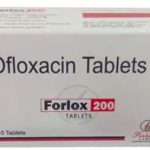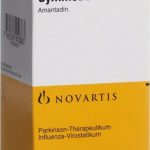
Thwart is used to treat and remove raised warts (usually found on the hands, elbows or knees) and verrucas (warts on the feet). Thwart is a special solution which can be easily applied to the wart, dries quickly, needs no plasters and if used properly should cause minimal irritation. Warts, or verrucas as they are often called, are found most commonly on the hands, feet and knees.



